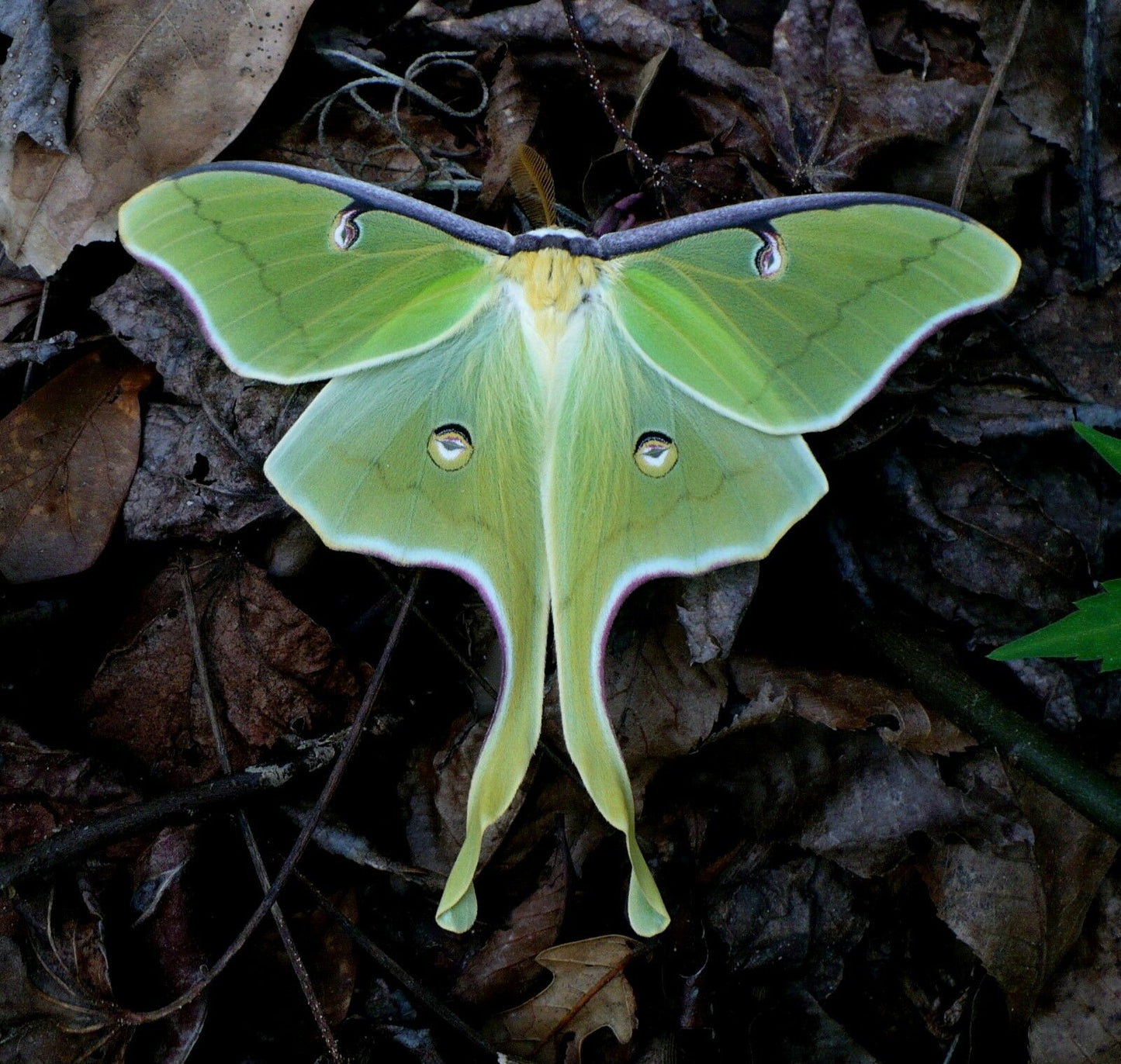Floridaseeds
Luna Moth on Forest Floor Signed Print
Luna Moth on Forest Floor Signed Print
Couldn't load pickup availability
This is a photograph that I took of a luna moth that I came across while hiking in a forest in Florida. The print is 8” x 11”. The Luna moth, known scientifically as Actias luna, is a strikingly beautiful moth found in North America. With its large, pale green wings and distinctive tail, it can have a wingspan of up to 4.5 inches (about 10–11 cm). The moth is most notable for its enchanting appearance, which includes crescent-shaped eyespots that help deter predators.
Luna moths are primarily nocturnal and are attracted to light. They have a short adult lifespan, usually living only about a week, during which they focus on mating and laying eggs. The caterpillars feed on the leaves of various trees, including walnuts, hickories, and birches.
Their life cycle includes several stages: egg, larva (caterpillar), pupa (cocoon), and adult moth. The cocoon is typically spun in the leaf litter on the ground, where it can be well camouflaged.
Materials
Materials
Shipping & Returns
Shipping & Returns
Dimensions
Dimensions
Care Instructions
Care Instructions
Share




